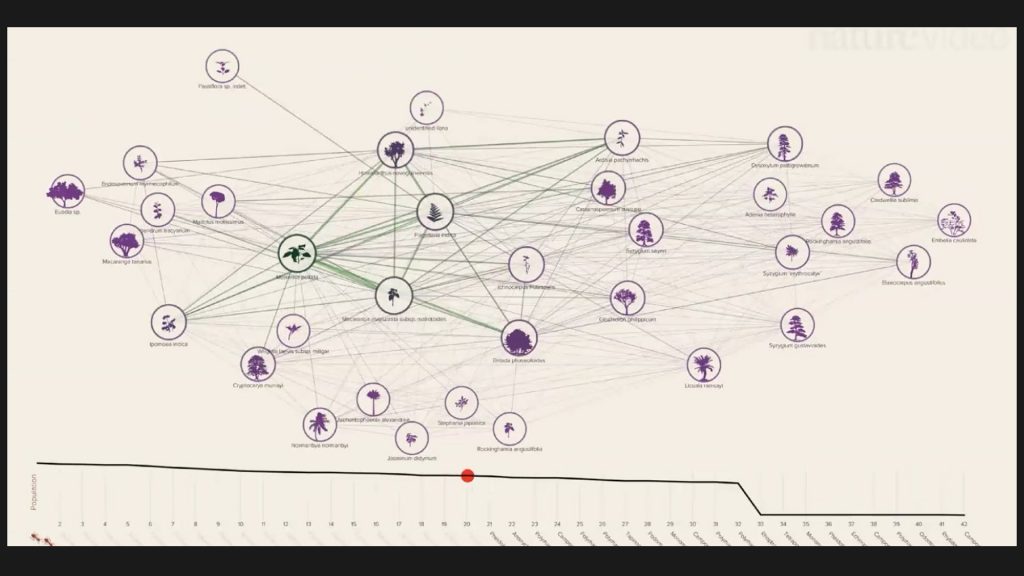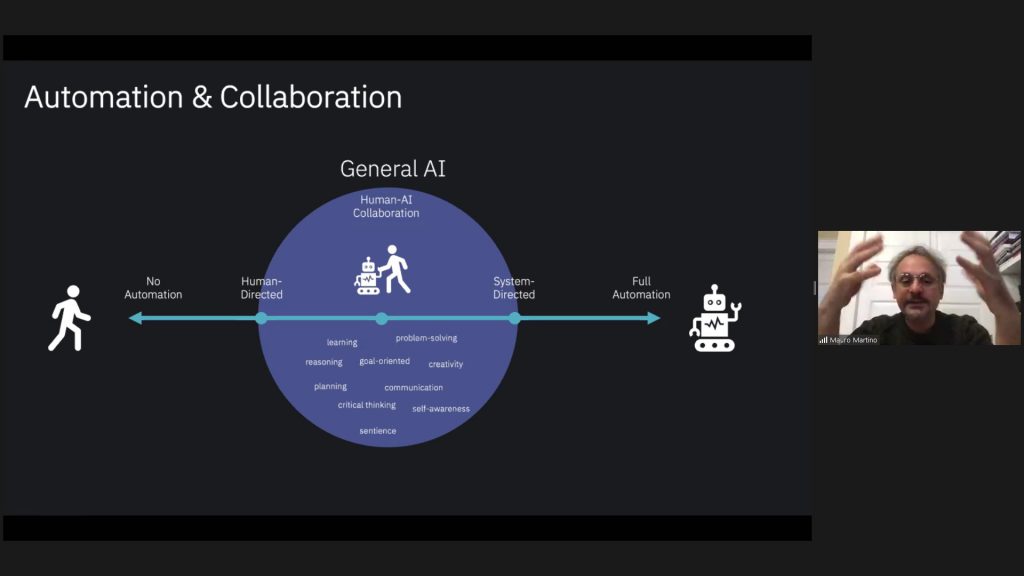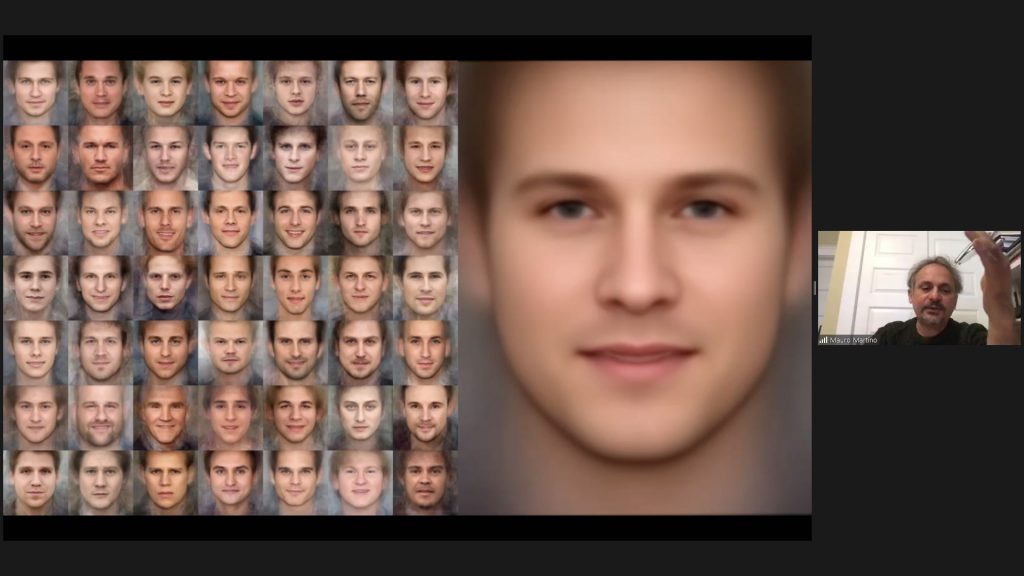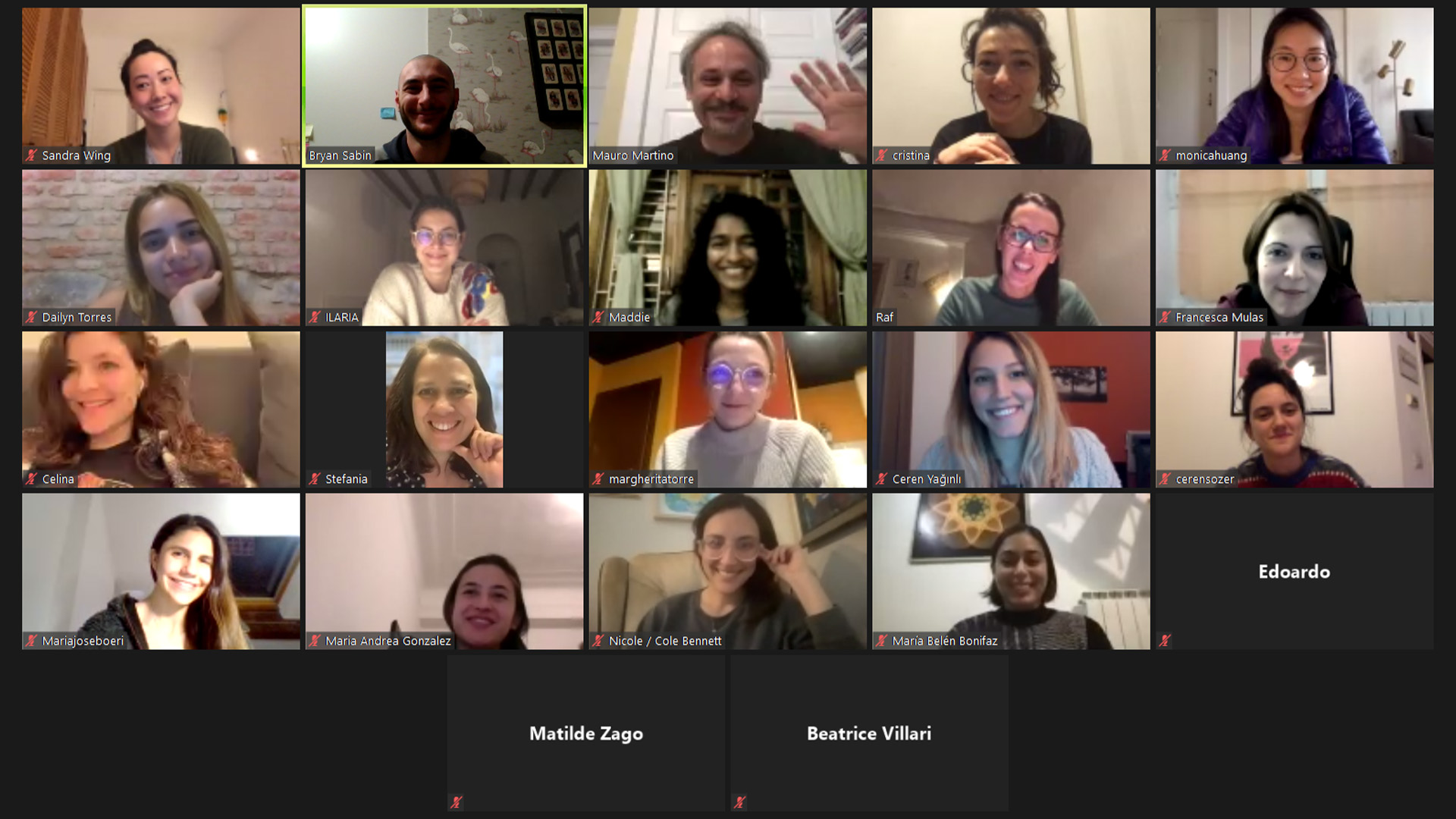Yesterday we had the fourth Masterclass of this edition, and it was super fascinating. Mauro Martino is the founder, and director of the Visual AI Lab at IBM Research, Cambridge, US. He works in the field of neural networks and artificial intelligence halfway between art, design, and science.
His lecture started with an overview of the AI and neural networks, exploring their power, opportunities, and the different goals we can reach by exploiting them. An example of possible usage of this advanced technology is data journalism: the concept that we can discover and extract great value from rough data, and use it to explain something clearly to the public, especially the aspects that are usually "hidden". The difference between traditional journalism, which is based on a small amount of data conveyed through the power of storytelling, is that data journalism aims to explain reality through reality itself, with a huge amount of rough data from which we can extract meaningful information. Another advancing field in the usage of Ai is predictive algorithms and models. By mapping a system with all its elements and links, we can firstly understand better than ever before the system itself, discovering something that was already there but we couldn't see so far. The next step is to monitor the fluctuations and changes that happen inside that system, to learn which are the main outputs of internal and external forces, and how it evolves in function of them. By doing so, we can for example get to know the complexity of a forest's ecosystem in Australia: not just the sum of different trees, but a living complex system of symbiotic trees and bugs. By mapping the network and its variations, we can predict its capacity of resilience and, so, which are the consequences of the extinction of a single species of ant, not to say global warming or deforestation. And there's even more about that. Millions of ants that can only live thanks to specific kinds of plants, and millions of plants that benefit from the small bugs and provide them food and protection: a beauty that's been hidden for millions of years and that now we can see, enjoy, and preserve.
Of course, there is also a dark side to this technology. Along with the dystopian view of the total surveillance and the panopticon society, powered today by a mix of distributed cameras in public spaces and our smartphones, there's another important issue related to the job market. AI and machine learning are already taking off millions of humans from their works: jobs that will no longer exist in the near future. We're not simply talking about repetitive and mechanic jobs, but the introduction of smart algorithms that can write poems, make pieces of visual art, compose music, and so on. It's the very beginning of a new conception of "intelligence" and "creativity". At the same time, these advancements in technology open new possibilities of human-computer interactions and create new opportunities in art, design, education, and many others. One of the most positive expectations is a revolution in the way we share knowledge. Just to name one, natural language processing could radically change the interactions between humans and computers, and so between humans themselves.
It's been an intense and immersive lecture, scaring and inspiring at the same time. One of the most important takeaways is that technology by itself can't change the world, for worse or for better. Technology, however powerful, is just a means. To quote Mauro: 'It can't recover the planet'. As in the example of the Australian forests, we can use AI and neural networks to understand better our ecosystem and take actions to preserve it.
Many thanks to our mixed audience of POLI.design students and external professionals, and to Mauro Martino for this precious lecture. There's another Masterclass on schedule, don't miss it.





